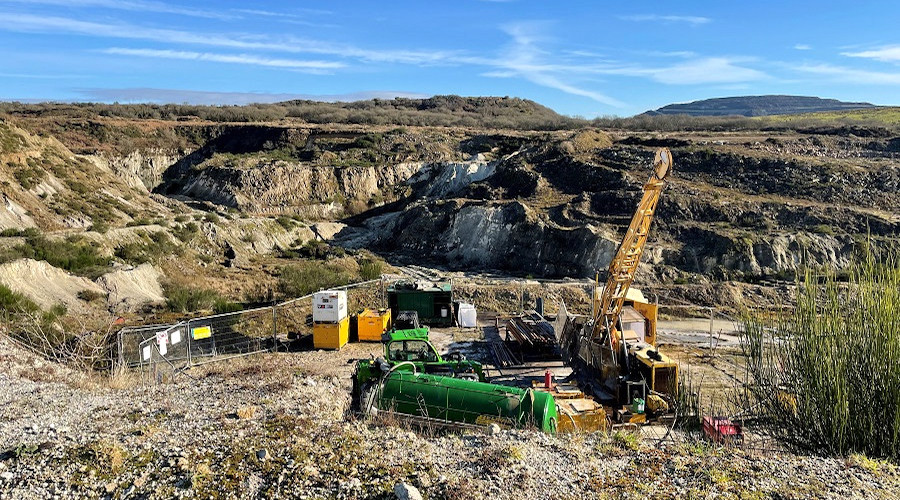The presence of some of the world’s highest lithium percentages in geothermal waters has been verified near the Wheal Clifford in Cornwall, England. Lithium’s commercial application in the twenty-first century is unmistakable. It’s not only in smartphones and laptops anymore; it’s also in the batteries that power electric vehicles and store energy so that renewable energy can be supplied consistently and dependably.
This mineral has a colourful discovery narrative, to say the least. According to the Royal Society of Chemistry, the mineral petalite was found on the Swedish island of Utö in the 1790s by Jozé Bonifácio de Andrada e Silva, a Brazilian naturalist. The mineral is white to grey in colour, but when heated, it turns vivid scarlet.
The name, lithium, is derived from “lithos,” the Greek word for “stone.”
In recent years, demand has risen as carmakers shift to electric vehicles, and numerous nations, including the United Kingdom, Sweden, the Netherlands, France, Norway, and Canada, have announced plans to phase out combustion-engine automobiles. According to the World Bank, five times more lithium than is now mined will be required to satisfy global climate targets by 2050.

According to studies released in March this year, the region’s lithium carbonate production may reach more than 600,000 tonnes per year, generating US$7.2 billion (£5.3 billion) per year at roughly US$12,000 (£8,885) per tonne.
Overall, it will be a few years before zero-emission batteries are used to power vehicles or other electronics. However, if zero-carbon lithium catches on as expected, it might become a classic case of a mineral important for sustainable energy that is obtained in a sustainable manner.
Also read: Indian Economic Growth Likely To Touch 10.1 Percent In 2021-22: NCAER
















